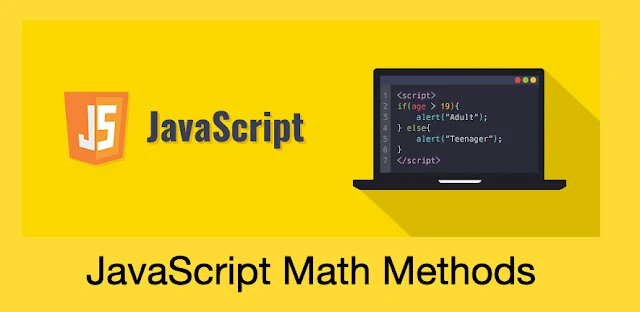A math object in JavaScript is a static built-in object that includes properties and methods used in performing mathematical tasks. Talking about math properties, they have the syntax Math.property. Some examples are Math.E that returns Euler’s number, Math.PI that returns PI, Math.LN2 that returns the natural logarithm of 2, and many others.
The various JavaScript methods contained in the math object, thus, make mathematical operations easier and reduce effort as well as time in math-oriented programming. Some JS methods include abs( ), ceil( ), cos( ), sqrt( ), pow( ), log( ) etc. For our lesson, we shall make use of the Math.round(x), Math.abs(x), Math.pow(x, a), and Math.cos(x) methods, where x is an argument. These methods return the argument x rounded to its nearest integer, the absolute value of x, the value of x raised to the power a, and the cosine of x respectively. Consider the following lines of code below.
var Number1 = prompt(“Enter the first odd number: ”);
What we should expect from the above code is being asked to input two different odd numbers, after which it takes the first number and divides it by the second. The final answers displayed should be the rounded value of the answer, the absolute value, the answer squared, and the cosine of the answer.
Let us do a test run by using -25 and 17.
As seen above, we have input our first odd number to be 25, and our second odd number to be 17. And our various expectations were met. You can confirm by using a calculator.
Now that you have seen the basics of math methods, why don’t you go ahead and explore the others. It is going to be an exciting adventure. Thanks for completing this lesson, and be ready for other exciting ones.
Happy coding.



Comments
Post a Comment
Please do not enter any spam link in the comment box.